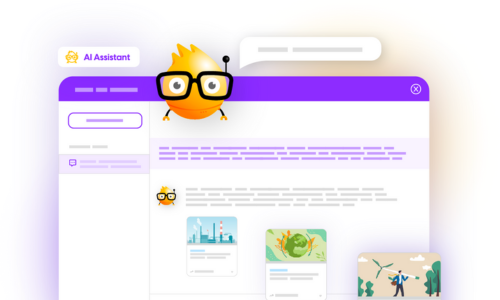Getting Formal About Informal Learning
My colleague, Charles Jennings, pointed me to this interesting article by Andries De Grip, titled “The importance of informal learning at work” that has interesting implications for the design of learning experiences, particularly when employees are not desk-bound, and/or in high-turnover situations.
The key is to get clear about what informal learning is, and more importantly how to (and not to) leverage it.
Jennings’ research suggests that “much of the performance of newly hired workers is driven by learning by doing or learning from peers or supervisors in the workplace.” That isn’t surprising, but considering the amount of investment in training new hires, it suggests that these approaches could be improved.
Status quo
So what does typical onboarding look like now? Onboarding programs tend to include introductions to the organization and initial training, mandatory ongoing formal learning, and some mentoring or coaching. While these forms of training are popular, they don’t necessarily reflectg the reality of how we learn.
What the report from Jennings points out is that most of the valuable learning we get is from new challenges, interacting with experienced colleagues, and independent reading. Yet, we typically don’t control how this kind of learning happens.
Learning & Development or L&D, is what most organizations use to guide a new employee’s learning experience, and typical training sessions accomplish that. But what this report, and increasing research on informal learning shows, is that much of learning happens on the job. This includes what managers and supervisors do to communicate relevant information to new employees, as well as what colleagues tell new hires about the culture and processes of their organization.
Getting Social
When employees are away from their desks, whether in meetings, out dealing with customers, or conducting repair work on-site, their learning is informal.
Conversations are the primary factor. As Jay Cross said, “conversations are the stem cells of learning.” And if these conversations aren’t aligned with an organization’s official trainings, whatever is learned through conversation will be what sticks.
We learn from others. Social learning is how we learned before we developed training! We had apprenticeships as an earlier model. It’s natural to understand that we learn more working and getting feedback. And, as the Jennings suggests, work involves tasks most of the time, whereas tasks take up less than 35% of training..
Conversational value depends on who the conversation is with. Conversations with more experienced performers are more valuable than conversations with less experienced performers. The value of getting feedback is accelerated when it’s from someone who has more knowledge.
Context affects what’s conveyed by conversation. Is this challenge within the employee’s current range? There’s a sweet spot between where the individual isn’t capable even with support, and where they’re already competent, and that’s where learning happens. It can be hard to drive that, but that’s when the right conversation is optimum.
The learning culture matters, too. In environments where employees might feel as though any question they ask could be held against them, learning will be stunted. Similarly, if sharing knowledge is viewed as reducing your value to the organization, sharing won’t happen.
What works
So how do you begin to take advantage of informal learning? It’s not about abandoning formal learning, but instead creating a relationship that elegantly connects the two to accelerate learning. L&D needs to understand how training and work relate, and design training to fit into the flow of work.
Ensure a segue from training to work. Too often, it’s assumed that there’s a connection, but it’s better if it’s designed in. A proper design includes not only training managers/supervisors to be coaches, but also sets aside time specifically for coaching.
Don’t assume that managers are good coaches. Increasingly, management isn’t about “managing” people, in terms of telling them what to do. So, managers may want to give their reports limited responsibilities initially, and gradually increase tasks. Managers can begin with regular coaching, then with more observation, reduce the number of interventions or coaching sessions..
Help employees learn how to learn as they go. Models about how to learn should be used in conversations to reinforce what comes from training (another reason for supervisor/manager training). Support should be provided so that employees understand what learning resources are available, and how to access them.
The manager/supervisor also has to make sure that it’s safe to ask questions, that not knowing the answer is ok, and how to escalate questions appropriately. As employees start being asked questions, they need to know they know the answer, or be willing to look further. The faster knowledge spreads, the less time situations won’t be answered in the long term.
The training itself has to be relevant to the work as well. The models that guide performance, and examples, are critical, as well as providing opportunities for employees to practice new skills before being assessed. Remove the “nice to know”; it’ll be forgotten by the time they’re overwhelmed on the job anyway. Instead, make that available as needed, using just-in-time resources like job-aids or data sheets.
A move from front-loaded formal training, to a more staggered experience matches how our brain actually works, and is closer to the apprenticeship model. Our shift to formal learning was for efficiency, not effectiveness. We now have the technology and tools to combine the best parts of formal and informal learning, to reinforce key learnings and maximize learner retention and performance.





